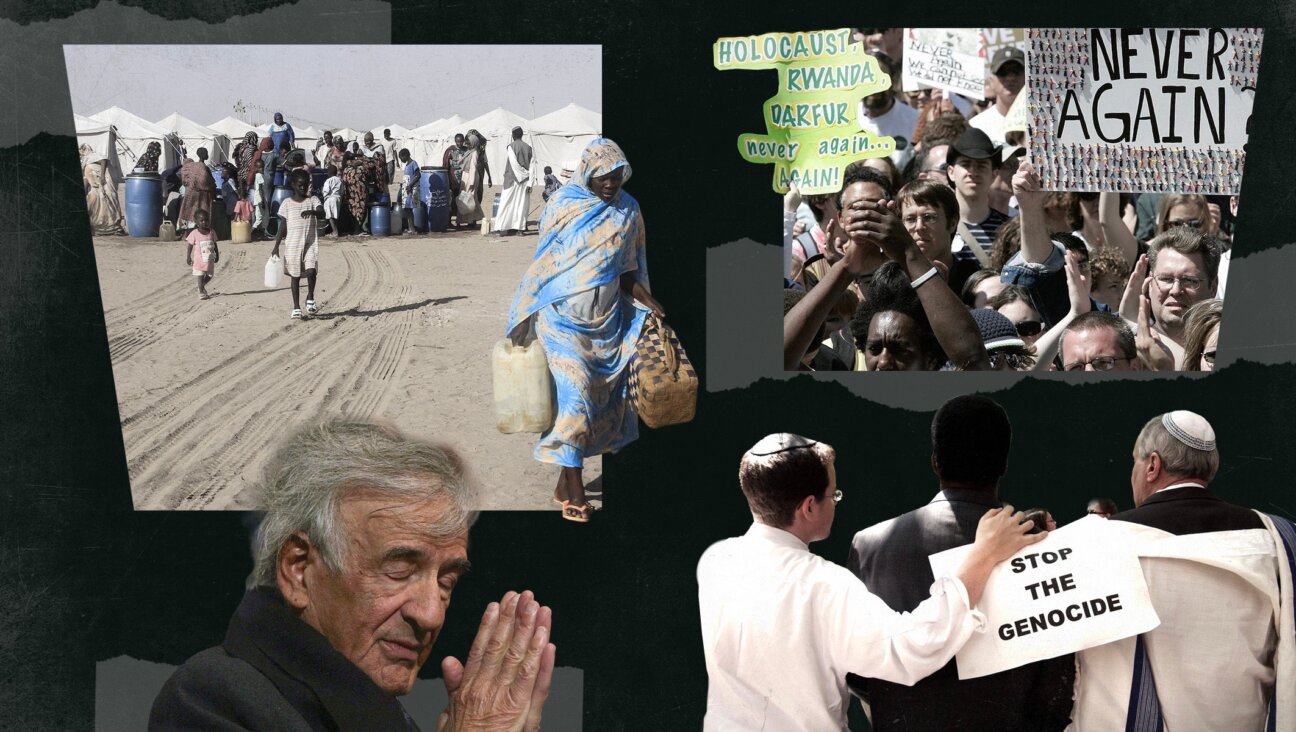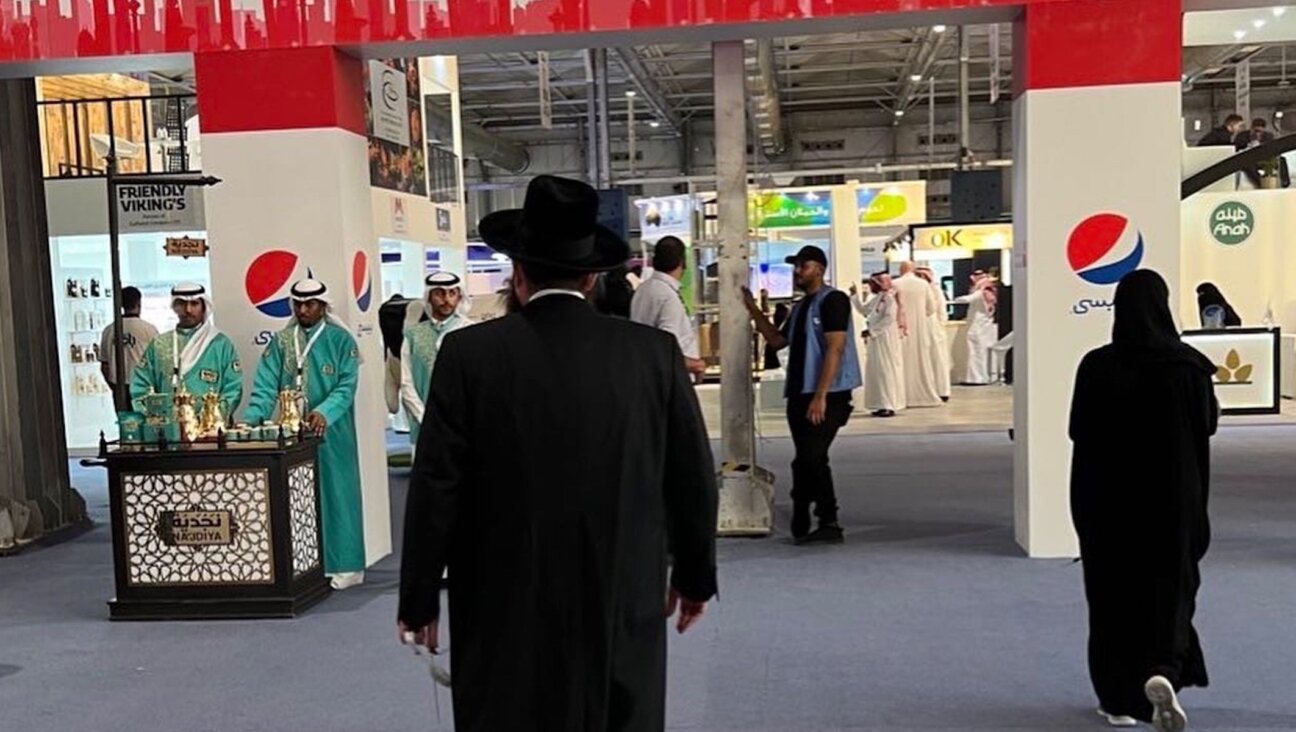Film Captures Stage Legend
Filmmaker Dan Katzir is the last person anyone would expect to fall in love with Yiddish.
Growing up in a prominent Israeli family with strong Zionist beliefs — his great-great-uncle was former Israeli prime minister Moshe Sharet, and his great-uncle was former Israeli president Efraim Katzir — he had been brought up to be averse to Yiddish language and culture, revering Hebrew and Israeli culture instead. “My grandmother was part of a group whose purpose it was to stop people from speaking Yiddish on the streets in Israel,” Katzir told the Forward. “My whole life I grew up hating Yiddish and people who spoke Yiddish.”
All that changed when Katzir — an award-winning director, producer and screenwriter behind such feature films as “Today You Are a Fountain Pen” and “Out for Love…Be Back Shortly” — was on vacation in New York in the winter of 2001. Katzir met Zypora Spaisman, then an octogenarian actress and founder of the Yiddish Public Theatre. Spaisman, who was living in New York, convinced a reluctant Katzir to come see her play, “Green Fields,” which would be able to run for only one more week, due to lack of funding.
For Katzir to fall in love with both this spunky Yiddish actress and her mission to keep Yiddish and Yiddish theater alive was “beshert, it was meant to be,” Katzir said. While Katzir couldn’t offer Spaisman and her company the capital it needed to stay afloat, he could offer them his art: He spent the final week of “Green Fields” documenting the company’s struggle to find an audience and investors.
This footage became the documentary “Yiddish Theater: A Love Story.” The film follows Spaisman and the rest of the “Green Fields” troupe during those difficult days facing small audiences, a harsh New York winter and harsher New York investors who declined to fund the production. “Yiddish Theater” is not only about Spaisman and her peers’ valiant efforts and passion for their art; it is also about the struggles facing Yiddish theater at large.
As a non-Yiddish speaker, Katzir acts as a bridge between the cast members and the audience members, who might not speak Yiddish. In one scene, he asks Spaisman why she continues to insist on performing in Yiddish. “My language will disappear,” she says in the film, “and the English language will stay.” Spaisman died in 2002 at age 86, just months after the documentary was filmed.
Spaisman grew up speaking Yiddish in Poland, performed in Yiddish after she left for Russia, and continued to use and perform in Yiddish throughout her tenure as an actress in New York. Still, Spaisman recognized the trouble that Yiddish was in, and saw herself as capable of saving it. For Spaisman, keeping Yiddish theater alive was a way to keep the language alive; for years she was in charge of productions for Folksbiene, the Yiddish theater. And her involvement in theater went beyond what she did onstage: Besides acting, Spaisman sold tickets and swept the floors to keep Yiddish theater going.
Initially reluctant to embrace Yiddish culture, Katzir fell in love with Spaisman and her art. He hopes that his viewers will do the same. “Yiddish Theater” has recently shown at some prestigious film festivals around the country, and continues to be shown — but ironically, it has not been screened in New York City. “We were surprised that this film seems to be more popular on the West Coast and in the Bible Belt than with New York Jews,” Katzir told the Forward.
While Katzir was unable to obtain New York funding for this decidedly New York project, he did receive a grant from the Israeli Makor Fund, in addition to funds from the Yablon Cultural Foundation, the Center for Jewish Culture and Creativity, the Goldrich Foundation, the Webb Foundation and West Coast private donors, two of whom are Holocaust survivors. “Yiddish Theater” will be screened in Tel Aviv this spring, and will appear in film festivals in Baltimore and in the Pleasantville area of New York this month. In the coming months, it will be shown in the Canadian city of Toronto and in Amherst, Mass.
















